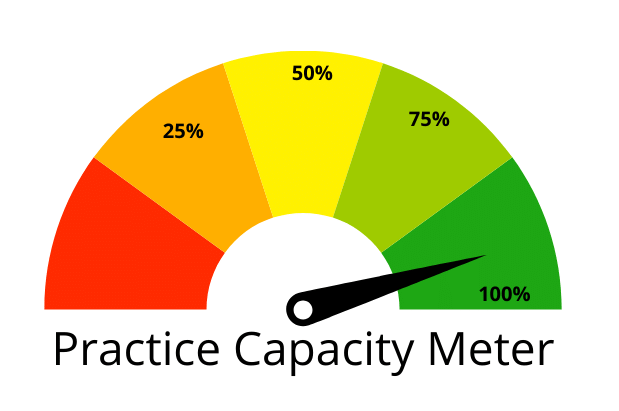
“Get the fundamentals down and the level of everything you do will rise.”
— Michael Jordan
It’s always the basics. The fundamentals.
This is what all efforts to improve performance – and health — go back to.
All of your efforts in practice management boil down to communication and control.
All the books on procedures, patient management, and practice management can be distilled down to communication and control. Those are the basics you need to get to your goals and those of your patients.
- Doctors, and staff, that have excellent communication with their patients have many referrals and a busy practice.
- Doctors who communicate well with their staff have a happy and full practice.
- Doctors that have positive control with their patients see their patients succeed.
- And business owners that have proactive control over the office – are prosperous.
Of course, the inverse of these facts is also true. Whether out of fear, confusion, or fatigue, when these fundamentals are not administered, things don’t go well.
Communication
I was recently helping a doctor and the practice manager improve their patient financial consultations. The manager and doctor had worked out what to say that they liked. They called it a “script.”
A few months passed, and I noticed their patient retention had not improved. Neither had collections or other metrics. When we did some training on how the patient consultations were performed, we found that the staff focused on the memorized script, not the patient. Their communication was robotic, and they never got to know the patient. We replaced the script with a simple outline and let the staff get to know the patients. Visit average and collections improved.
Good communication is alive, interested, and empathetic. It results in understanding.
Control
Another office we worked with complained about low collections. They had plenty of new patients — the veteran doctor got great results. After investigating, we found that the report of findings and treatment plans were rarely completed, and scheduling was hit-and-miss at best.
And that’s not all. The doctor and staff often came to work just a few minutes before patients came in. Sometimes they came in late.
This office was out of control — and so were the patients.
Positive control is moving a project, patient, or condition from one status to a predetermined goal. This is what a procedure does. A well-run business has procedures, protocols, and systems that it adheres to achieve its daily and weekly goals.
Management
Management is implementing effective procedures, with excellent communication, to achieve goals.
In all your practice improvement efforts, check first if the procedures are being done, and then if they need to be improved or removed. Then, look at the quality and quantity of communication used to implement the procedures.
Improve the fundamentals — your patient and team communication and control — and you will have a prosperous and happy 2023.
Seize your future – with a smile!
Ed



 Gratitude is not only the greatest of virtues, but the parent of all others.
Gratitude is not only the greatest of virtues, but the parent of all others.
 Working with different offices, we are always reminded of the fundamentals that apply universally. For example…
Working with different offices, we are always reminded of the fundamentals that apply universally. For example…








 “No company, small or large, can win over the long run without energized employees who believe in the mission and understand how to achieve it.”
“No company, small or large, can win over the long run without energized employees who believe in the mission and understand how to achieve it.”





